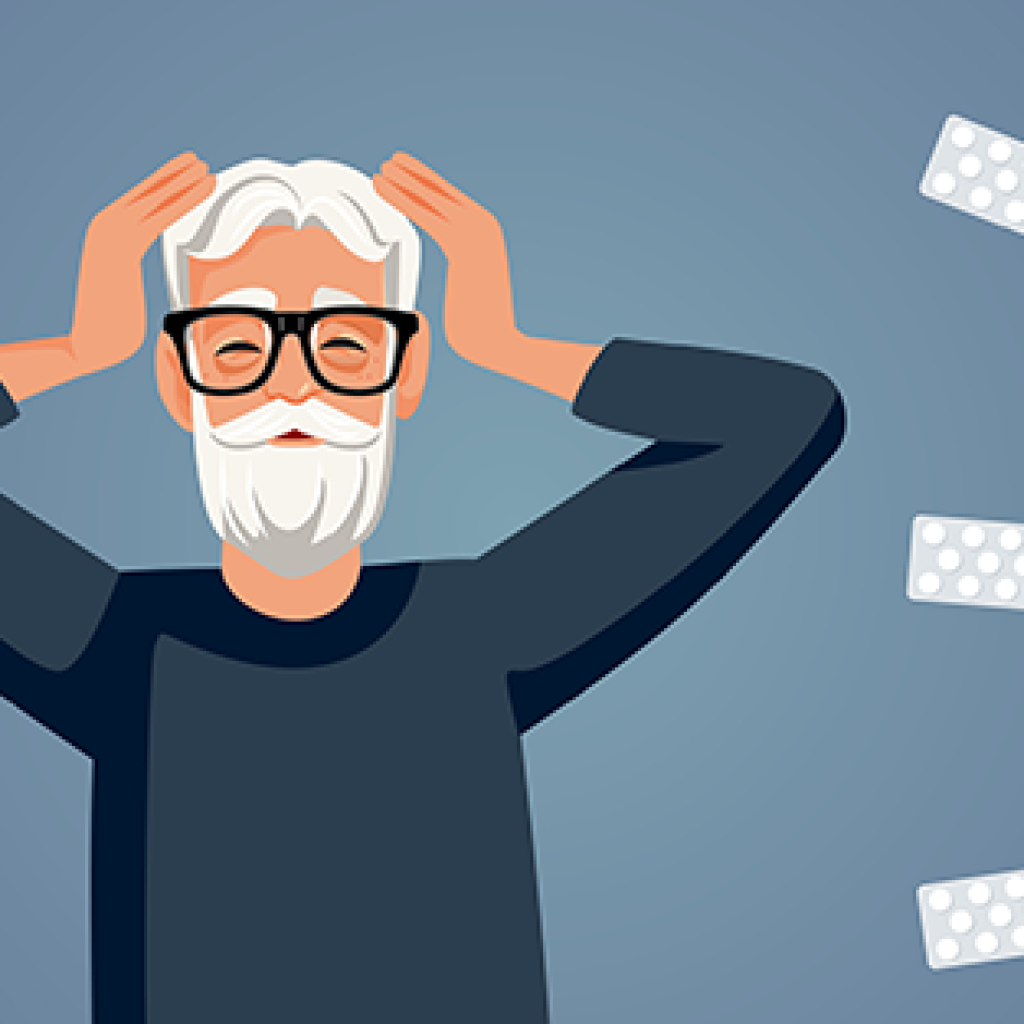Train Your Brain with Mindfulness Meditation
Train Your Brain Day was observed on October 13, 2022. This nationally recognized event is dedicated to raising awareness about the power of the mind and the positive benefits of mental training. Just as we train muscles in the body, the brain also needs to be exercised. An effective brain training exercise is mindfulness meditation. Jon Kabat-Zin’s definition of mindfulness is: “Mindfulness meditation is paying attention, on purpose, in a particular way from moment to moment.” One formal practice of mindfulness is to set aside a particular amount of time to train your brain by choosing an object of attention to focus on and then re-directing your attention back to that object of attention each time you get distracted. Objects of attention can be anything in the present moment, for example, the breath, sensations in the body, and sound.
Neuroscience has demonstrated that mindfulness meditation changes both the structure and function of the brain. In a 2014 study, researchers conducted a meta-analysis of 21 neuroimaging studies that observed the changes in brain structures related to mindfulness meditation. They found several regions of the brains that were different among meditators vs. non-meditators. These regions include the prefrontal cortex, somatomotor cortex, insula, hippocampus, anterior singulate cortex, and the orbitofrontal cortex. The brain functions that are benefited due to these structural changes from practice are highlighted below.
![]() Trains metacognitive awareness
Trains metacognitive awareness
(i.e., higher order thinking, and the processing of complex, abstract information)
![]() Increased ability to handle physical pain
Increased ability to handle physical pain
![]() Better mind-body connection
Better mind-body connection
(increased interoceptive body awareness)
![]() Better ability to handle stress
Better ability to handle stress
![]() Increased focus
Increased focus
![]() Increased clarity of thought
Increased clarity of thought
![]() Increased emotional regulation
Increased emotional regulation
![]() Psychological flexibility
Psychological flexibility
![]() Reduced reactivity
Reduced reactivity
![]() Reduced rumination and worry
Reduced rumination and worry
![]() Better awareness of internal experiences
Better awareness of internal experiences
(i.e., thoughts, feelings, and body sensations)
In addition to the above benefits, mindfulness meditation helps to increase the ability to be fully present in the moment. With multiple things vying for our attention (i.e., notifications from computers and phones, co-workers, family members, thoughts, etc.) we are seeing a decrease in attention span. Approximately 45% of our day is spent daydreaming, ruminating about the past, or planning for the future (this is when the default mode network is activated). Mindfulness meditation activates a part of the brain called the task positive network, which is responsible for directing our attention at will. Only one of these neural networks can be activated at one time. The ability to direct our attention at will is a useful skill for being able to pay attention when we need to, and to be present for the people in our lives.
Mindfulness meditation is also an effective way to handle the uncertainty in our lives. With the last few years, there has been an immense amount of uncertainty. Mindfulness helps us to interrupt the habit of worry, overthinking, and fear-based thinking. Neuroscientist Judson Brewer describes uncertainty as FEAR + ANXIETY. From what we know through neuroscience, uncertainty challenges the most basic survival mechanism of the brain, the reward-based learning system. Mindfulness helps to strengthen the pre-frontal cortex, the more evolved part of our brain, and the task-positive network. By training this part of our brain, we are able to bring our attention back to the here and now and interrupt negative patterns of thinking.
While, mindfulness meditation has become more mainstream, there are still myths about the practice. Until these myths are normalized and disputed, these myths prohibit people from practicing.
While mindfulness meditation is not the end all, be all – it is an effective tool to train the mind. It also helps to harness the power of the mind by increasing focus and psychological flexibility.
Additional resources may be found on the CASAT OnDemand Resources & Downloads page.
This article was developed by Heather Haslem, M.S. Feel free to use, link to, or distribute this information. A link to our site and attribution would be much appreciated.
References:
Brewer, J. (2021). Unwinding anxiety. Vermilion.
Fox, K. C., Nijeboer, S., Dixon, M. L., Floman, J. L., Ellamil, M., Rumak, S. P., Sedlmeier, P., & Christoff, K. (2014). Is meditation associated with altered brain structure? A systematic review and meta-analysis of morphometric neuroimaging in meditation practitioners. Neuroscience and biobehavioral reviews, 43, 48–73. https://doi.org/10.1016/j.neubiorev.2014.03.016
Jha, A. (2022, April 9). Find your focus: Own your attention in 12 minutes a day. Mindful. Retrieved October 11, 2022, from https://www.mindful.org/find-your-focus-own-your-attention-in-12-minutes-a-day/
Kabat-Zinn, J. (2013). Full catastrophe living: Using the wisdom of your body and mind to face stress, pain, and illness. Bantam Books Trade Paperbacks.
Blog Post Tags:
Related Blog Posts
Related Learning Labs
Related Resources
.
- Buscar Tratamiento de Calidad para Trastornos de uso de Sustancia (Finding Quality Treatment for Substance Use Disorders Spanish Version)
- Finding Quality Treatment for Substance Use Disorders
- Focus On Prevention: Strategies and Programs to Prevent Substance Use
- Monthly Variation in Substance Use Initiation Among Full-Time College Students
- The National Survey on Drug Use and Health (NSDUH) Report: Monthly Variation in Substance Use Initiation Among Adolescents








